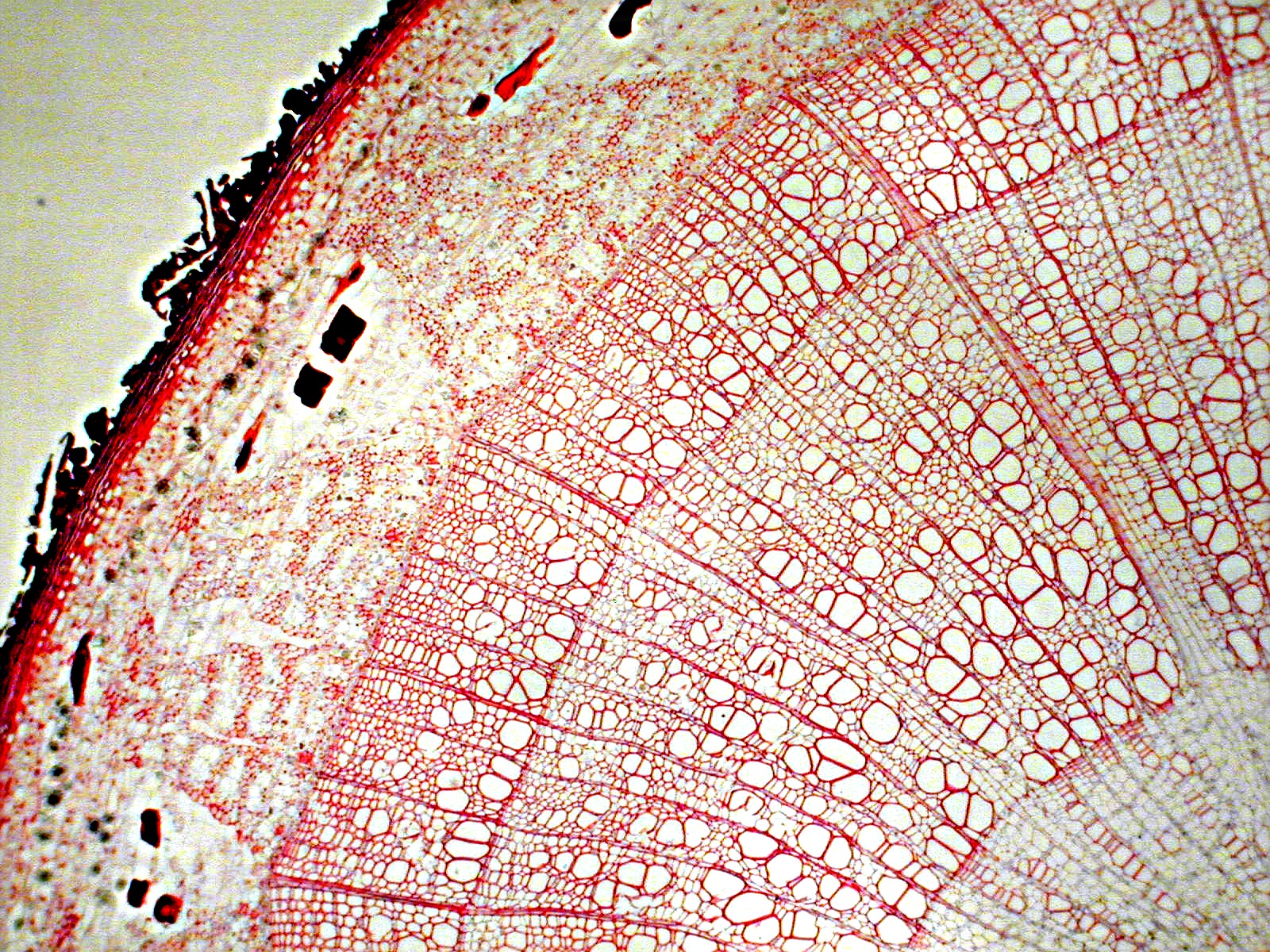By Melanie Friedel, American Forests
Do you know where your water comes from? Well, you’re about to. There is a long process every drop of water endures before it reaches our faucets, and we can thank forests for much of that process. Trees work as water filtration systems, intercepting, absorbing and purifying the water that we eventually drink.
The important thing to keep in mind is that all water comes from somewhere, it doesn’t just fall from a cloud into your glass. Most of your water is stored in reservoirs or aquifers, and the water in these containers has to come from somewhere too — much of the water in a typical reservoir does not come from rain that fell directly onto the reservoir. The water on its journey to your reservoir will frequently pick up unwanted molecules, much like fuzzy socks and grass burrs.

An impervious surface is something too severely compacted to allow water to penetrate. In relative terms, the water essentially bounces off instead of dripping through. Dry soils with no embedded tree systems are an example of this since they cannot absorb stormwater. This results in unfiltered runoff carrying pollution into the streams and watersheds that eventually feed our reservoirs. By planting more trees and having more vegetated and forested areas, impervious areas and runoff are reduced, and watersheds are kept cleaner.
The first way rainwater interacts with trees is by colliding with the leafy canopy. This slows the path of the rain on its way to the forest floor, and is called interception. Any filtration system, natural ones included, has a limit on how much its pipeline can handle at one time — think of it like traffic and highways: Too many cars at the same time will overwhelm the infrastructure and cause a negative result. Too much water at once will overwhelm the ability of trees and soil to filter the water, and unfiltered floods will disperse pollutants wherever they exceed levees and control structures. That unfiltered water will also frequently make it into your reservoir or aquifer. An urban tree can intercept up to 760 gallons of water per year, and a mature evergreen can intercept more than 4,000, making them invaluable parts of the natural water-control infrastructure. (Read more about trees and floods here).

Next, the forest floor acts like a sponge and absorbs as much water as it can (sometimes up to 18 inches!). Once the water reaches the soil, it holds and filters some pollutants itself by physically trapping them within and between the soil particles before sending water up the tree. Not only does the soil physically filter the water, but the biological agents and organic chemicals within the soil also interact with the pollutants, preventing them from reaching groundwater reservoirs and often removing their toxicity.
The water that reaches the tree through its root system eventually makes it to the trunk. The wood of a tree trunk is full of xylem: porous tissue with winding “vessels” that form the pathway from the tree’s roots to its crown. Each vessel wall is lined with pores through which sap (and water) can switch from vessel to vessel, working its way up the tree. These pores are nano-scaled and easy for sap or water to travel through, but not so easy for larger molecules to traverse. The xylem thus acts as a natural filter for removing bacteria. Just a small piece of sapwood, the soft layer of wood directly beneath the bark, has the capacity to filter out 99 percent of E. coli from a water sample. Bacteria aren’t the only pollutants trees filter out though; they also remove excess nutrients like nitrates and phosphates, or contaminants like metals, pesticides, chemical solvents, oils and hydrocarbons. The tree uses the nutrients for its own growth and stores the rest of the waste in the wood while the clean water travels on. Not all of the water absorbed by a tree is released through evapotranspiration — much of it is excreted back down and out through the roots after having passed through the tree.

Since root systems help keep soil fertile and intact, vegetated ground (by preventing erosion or compaction) retains much more water and therefore allows for that much more water filtration than bare earth. In other words, more trees means better soil and more thorough filtration. After passing through this natural system of forests and their soil, water enters groundwater aquifers cleaned and ready to drink.
Groundwater is a pristine water source, since there is very little exposure to pollution in the safety of the aquifer or reservoir. This water is then treated in public municipal water treatment systems according to Environmental Protection Agency standards for water quality, in order to remove any lasting bacteria or imperfections that the tree didn’t manage to catch. Some places have protected forests so well that only minimal treatment is required! Once it’s ready, it leaves the treatment system and is pumped to you: the final destination in the journey from forest to faucet.